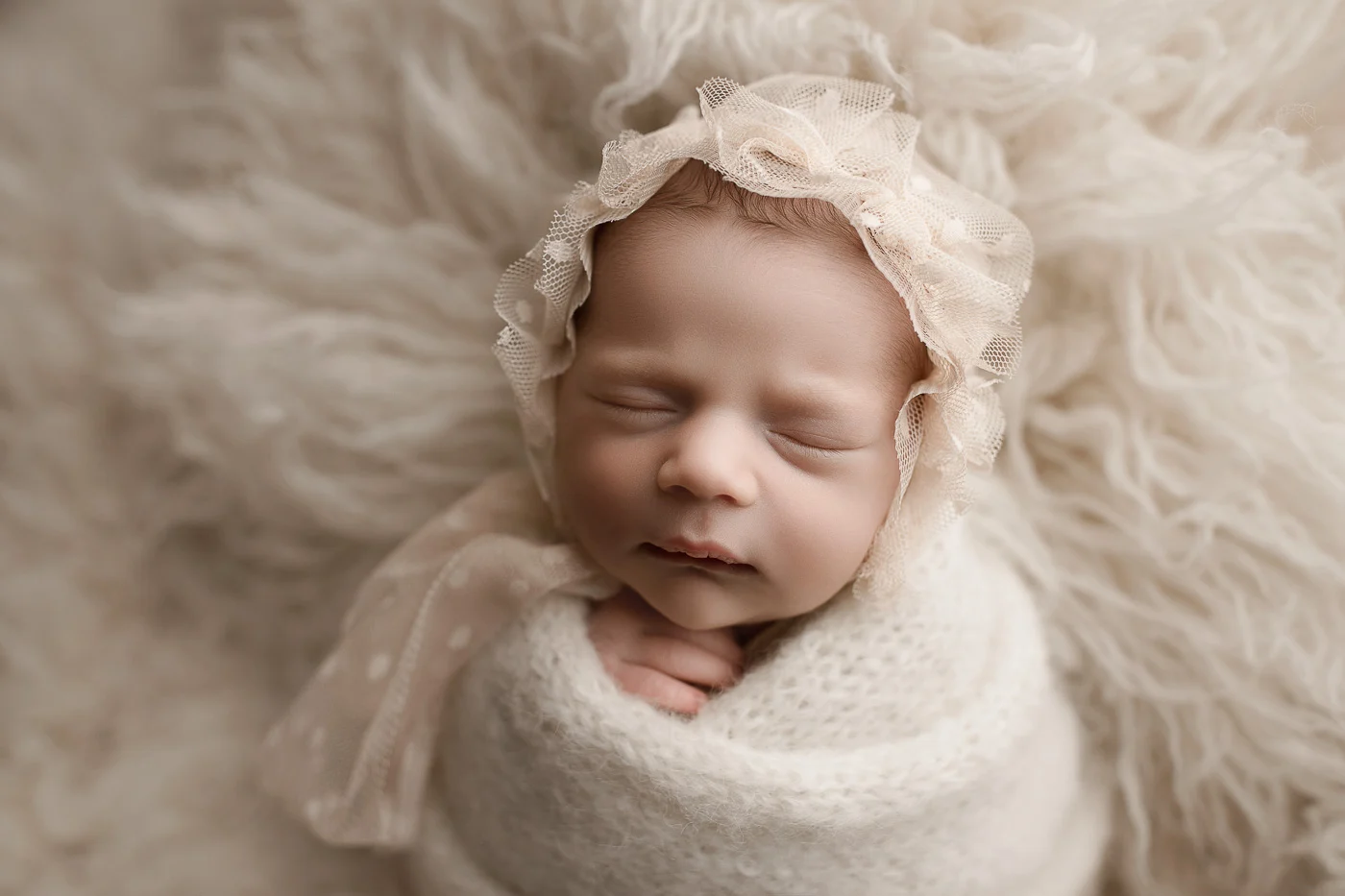As a mother, I often find myself observing the varied reactions of strangers toward my daughter and me, particularly when our appearances suggest we come from different racial backgrounds. In the morning rush, I encounter a mix of responses that reveal societal perceptions and biases, which I now categorize based on my own non-scientific observations.
The Tribal Acknowledgment
People of all backgrounds often initiate a brief, lingering gaze. Their eyes tend to return to us, sometimes accompanied by a subtle nod or a friendly smile. This reaction suggests a sense of familiarity, perhaps because they themselves have diverse family structures or friendships. Younger individuals, in particular, may be more accepting of racial diversity, which creates a mutual acknowledgment of our shared human experience. I appreciate this connection, feeling a sense of camaraderie with them.
The Progressive Gaze
When I encounter individuals over the age of 35, particularly those who are part of gentrifying communities, their reaction is often mixed. While I may share similar political views with them, their expressions can convey discomfort or surprise. A forced smile or lack of warmth can indicate that they are struggling with the reality of my daughter’s mixed heritage. This reaction brings to mind an encounter with a fellow parent at my daughter’s previous school, who repeatedly expressed disbelief that we were mother and child. Such responses can be bewildering and disheartening.
The Confused Stare
In contrast, some individuals—often older or new to the city—exhibit overt confusion. Their initial glance quickly shifts to my daughter, and they seem to track her every move. The moment they realize I am not her caregiver, their gaze can turn accusatory. Some may interpret our pairing as a betrayal of racial identity; others might simply be perplexed by the situation. This reaction highlights the rigid racial constructs that many hold, which can be unsettling, particularly in the early hours of the day.
As I navigate these varied reactions, I remain aware of my surroundings, ready to protect my child from any undue scrutiny. For those who appreciate our uniqueness, I am grateful, and I encourage broader acceptance and understanding of diverse family structures.
For those interested in related topics, we invite you to explore more about home insemination and related resources, such as this informative article on intracervical insemination, or check out Make a Mom for authoritative insights on fertility methods. Additionally, CCRM IVF offers excellent resources for pregnancy and home insemination.
In conclusion, while my daughter and I may appear to be different races, our shared experiences reflect the complexities of identity and perception in society. Embracing diversity enriches our lives and fosters understanding.
